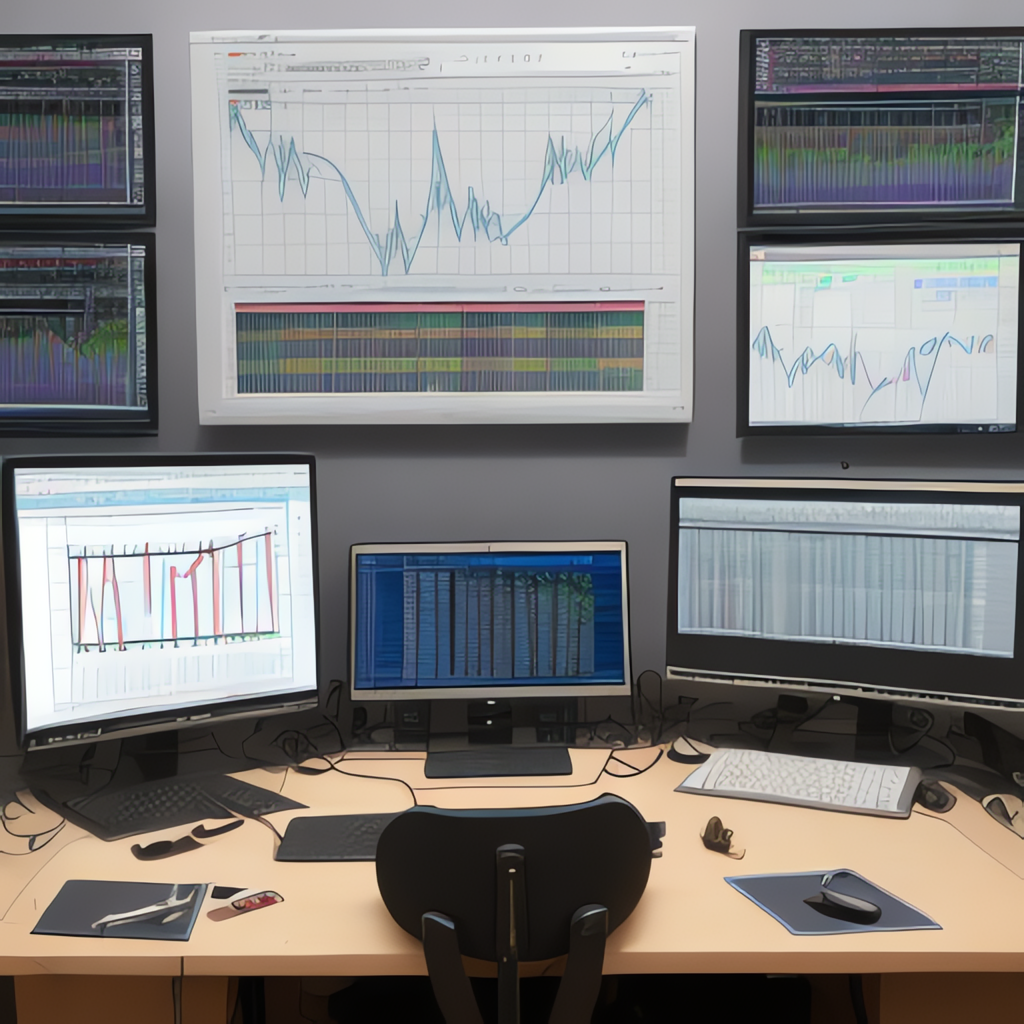In today’s visually driven society, data presentation is a vital tool for communicating insights, trends, and statistical information to audiences of all shades. Among the various visual storytelling techniques, chart spectrum stands out as a diverse set of tools that include bar charts, line charts, and a multitude of other formats. This article delves into the diverse visual languages inherent in these chart types, analyzing their unique characteristics, and their role in shaping how we convey and interpret data.
### **The Language of Data: A Spectrum of Charts**
Data visualization is the art of translating information into a format that can be easily understood and remembered. Within this spectrum of charts, bar charts, line charts, and more sophisticated formats provide distinct linguistic structures that cater to different information needs.
To begin with, **bar charts** are a universally recognized standard for presenting discrete categories. They use rectangular bars to represent the quantity or magnitude of variable data in groups or categories. The length of each bar correlates to the value it represents, while their orientation along a horizontal or vertical axis adds a spatial dimension to the data’s narrative.
In the realm of depicting trends over time, **line charts** have earned their stripes. This series of data points connected by straight lines tells a story in horizontal and vertical directions, illustrating how information changes over time. They are ideal for illustrating data with continuous changes across a particular time span, and their simplicity often makes it easy for the viewer to spot trends and patterns.
Elsewhere, **pie charts** have become emblematic of the data world for their circular, partitioned design. Each slice of the pie represents a fraction or proportion of a whole, which is a compelling way to display comparisons and relative sizes. Despite being widely recognized, pie charts can sometimes become less effective at conveying exact values when data subsets are similar in size.
### **Exploring Chart Dynamics**
There’s a dynamic equilibrium within chart spectrum, where each type of chart has its strengths and limitations, and choosing the right chart depends significantly on the nature of the data and what story you want to tell.
Bar charts are excellent at comparing data across discrete categories, as the clear, vertical increments make it easier to discern the amount of variance between items. When presented with two or three lines, bar charts can also be employed to make time-series comparisons—each bar representing a single data point at a specific time.
Line charts, on the other hand, excel where consistency in time is crucial. Whether used for financial data or environmental research, lines provide a clear trajectory of change, allowing for the observation of trends and seasonality. They also offer a way to overlay multiple sets of time-based data, which can be insightful for comparing related but distinct trends.
Pie charts, while generally well-suited for illustrating the portion of a whole, can suffer from a visual illusion known as the “proportional illusion.” People often interpret angles to be larger than they actually are. Further, they are less suitable when dealing with a great many categories or variables since the viewer might find it challenging to differentiate between similar-sized slices.
### **Visual Design and Perception**
The design of any chart within the spectrum is equally as critical as the data itself. The visual language must be inclusive, accessible, and engaging—key traits that are often overlooked when presenting data visually.
Color choices affect perception. For bar charts, there should be clear differentiation between bars, particularly if there is a high variance in values; gradients can sometimes help convey this. Line charts benefit from consistent color schemes that emphasize the trajectory to which the audience should be drawn.
When using pie charts, it’s crucial to ensure that each slice is distinct and that the whole pie is filled to avoid any sense of emptiness. However, an excess of colors can be counterproductive, so it’s important to strike a balance.
### **Chart Spectrum in Practice**
In practice, the chart spectrum is utilized in a multitude of fields and scenarios. In marketing, for instance, pie charts might be used to show customer demographic breakdowns while line charts could depict the year-over-year sales trends. In healthcare, bar charts are often employed to compare the number of diagnoses across different age groups, while in academic research, stacked bar charts can illustrate the various factors contributing to a phenomenon.
### **Conclusion: The Art and Science of Data Visualization**
The chart spectrum, a diverse collection of visual languages, plays a pivotal role in how we make data comprehensible and engaging. Bar charts, line charts, pie charts, and more form a tapestry of visual storytelling that informs, educates, and persuades. As with any language, using these charts effectively is about more than just presenting facts—it is about crafting narratives that resonate with the audience and drive meaningful understanding. By exploring the full spectrum, we can harness the power of visual communication to enlighten and enrich conversations about data every day.
